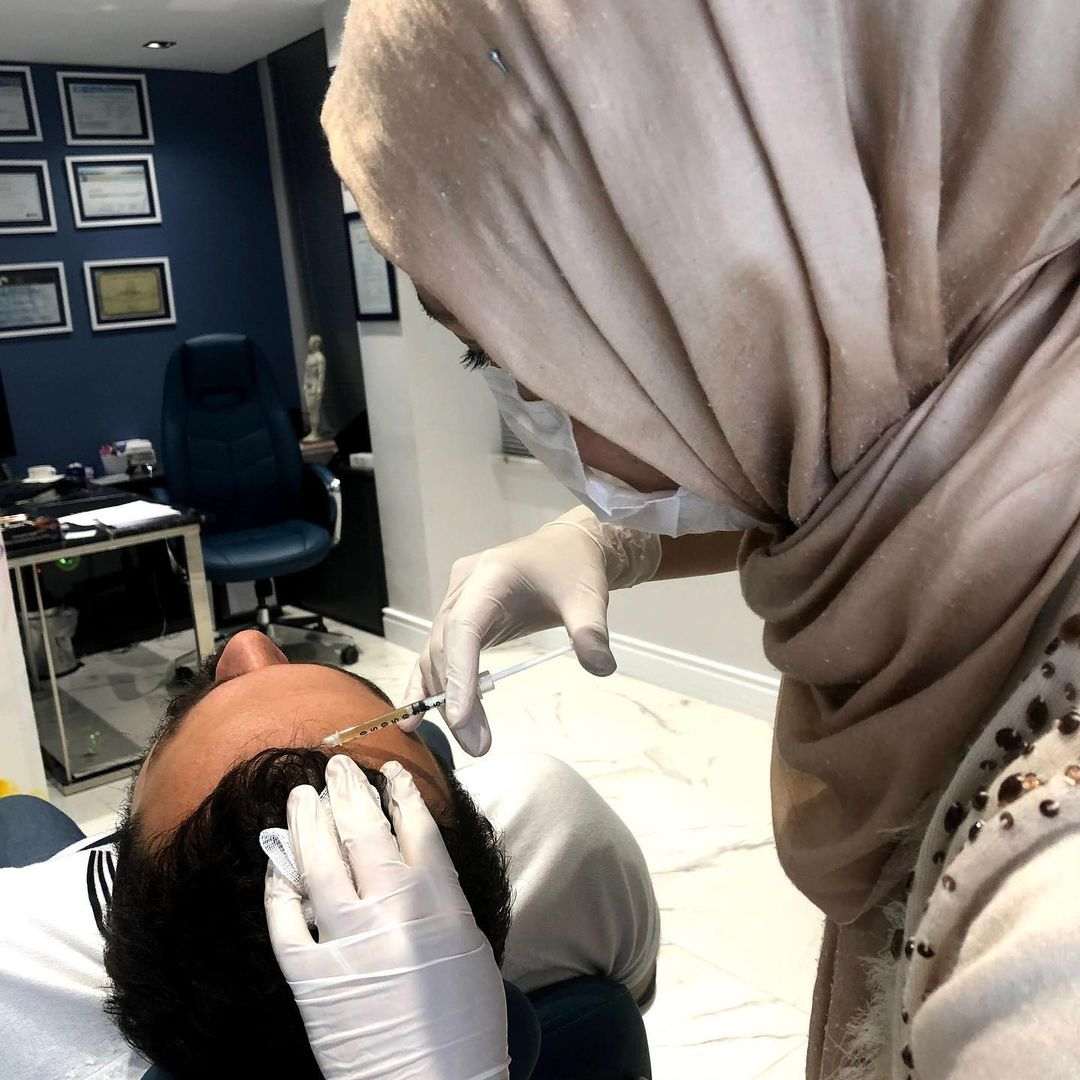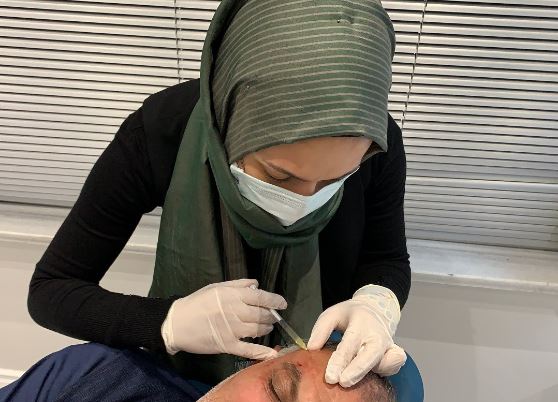
Muhsine Zeynep Yavuz Clinic - Istanbul
PRP is a content consisting of the person’s own blood product, which is the English abbreviation of Platelet Rich Plasma. This substance, which is usually given to the treatment area by injection; It consists of blood serum, platelets that provide coagulation, and various proteins in the serum. In platet-enriched plasma application, the person’s own blood is used. The blood taken from the person goes through various processes. And thus, growth factors are produced from platelets, also known as platelets. It has been observed that the growth factors reaching higher concentrations in the PRP injected area compared to other parts of the body repair the damaged areas.
The preparation of PRP begins with taking blood from the person and placing it in tubes with a special mixture. It is centrifuged to separate the rich portion from the platelet. During this process, platelets are collected in a certain region of the tube, and various growth factors in these cell elements appear and are activated. These have a positive effect on cell regeneration and proliferation in the injected tissues.
PRP preparation takes about 30-40 minutes. Generally, topical anesthetic creams are applied to the area to be treated.
PRP is used in a wide variety of areas such as hair loss, facial rejuvenation, spot treatment, intra-articular application and wound treatment. Depending on the area to be applied and the treatment plan, supplemental vitamins and minerals can be added to this serum.
PRP increases vascularity and blood flow in the area where it is applied. In addition, it increases the number and activity of cells called fibroblasts, which are responsible for healing and collagen synthesis. In this way, wound healing accelerates, skin elasticity increases, fine wrinkles and minimal sagging are treated. At the same time, the growth factors in PRP help all other cells to be regenerated as well, helping to reduce and disappear acne scars and blemishes.
PRP is an extremely useful procedure, and with PRP performed by a competent doctor, minimum side effects and maximum benefit are provided.
According to the data obtained as a result of the researches, it has been seen that PRP injections work in the treatment of androgenic alopecia (male pattern baldness). Hair loss of 100-150 strands per day is normal, and if there is shedding above this number, treatments to prevent hair loss should be applied. The effect of PRP treatment is undeniable in stopping existing shedding or supporting weak, lifeless hair strands. According to the preference of the person and the doctor’s recommendation, hair mesotherapy and PRP can be combined. At the same time, it increases the blood flow in the scalp and ensures that the vitamins, minerals and oxygen needed by the hair follicles are supplied in sufficient quantities. Thus, healthier and shedding-resistant hair follicles are formed.

In hair loss, the application of PRP is done in 4-6 sessions at least 10 days apart. After that, it is recommended to do 1 session every 6 months. If hair PRP is to be combined with mesotherapy, it is recommended to perform a total of 4-6 sessions in the form of 1 session of mesotherapy after 1 or 2 sessions of PRP.
With aging, both the cellular elements of our skin and the cycle of connective tissue also slow down. For this reason, decrease in skin quality, sagging, deterioration in color balance and dulling occur. The most important way to prevent or slow it down is to increase cellular activity, just like in wound healing. PRP injections are the most preferred method for reducing signs of aging and skin rejuvenation. With PRP, it is possible to reduce wrinkles and disappear small scars and stains on the skin.
Collagen is the substance that provides the elasticity of our skin and keeps the skin young. Collagen is produced mostly by cells called fibroblasts in our body. Many of the skin rejuvenation methods increase the activity of fibroblasts and increase collagen synthesis. PRP application, which is one of the most effective of these methods, both increases the synthesis of collagen from fibrobasts and provides easy access to the substances that the skin needs by increasing blood supply. Thus, the elasticity of the skin increases and the skin appears brighter due to intercellular water retention. In addition, it helps to reduce these spots by regulating the excessive melanocyte activity that causes spots on the skin.
Since Prp is obtained from the person’s own blood, does not cause an allergic reaction, and its effectiveness is clearly seen by those who have it, it is frequently applied in skin rejuvenation. Facial PRP is performed on average 4-5 sessions at 15-day intervals. From the first session, it can be seen that the elasticity of the skin increases and the matte appearance improves. PRP shows a kind of anti-aging ‘Youth vaccine’ effect. In addition, people who do not have aging effects, but who want to improve their skin quality, are performed by reducing the sessions.
A positive effect was found in some patients with PRP injected into the knee and hip joints. The medical term for calcification is orteoarthritis. Few studies on the use of PRP in the treatment of osteoarthritis indicate positive results.
PRP treatment applied to scars helps relieve the pain of these scars.

PRP injections can be used to repair a torn tendon or ligaments. Although it is not a frequently applied application, PRP treatment may be recommended by doctors according to the patient’s condition.
Muscles are attached to the bone by a tough and thick tissue called a tendon. The healing process for tendon injuries is usually slow. PRP injections can be used in the treatment of problems such as pain and inflammation due to tendon injury.
As with every injection process, bruising and redness may be seen at the injection site in PRP application. However, these effects are not very common. In order to prevent infection, importance is given to sterilization and cleaning before and after the procedure. Although PRP, which normally consists of its own blood element, has no side effects, it is not applied in autoimmune diseases such as vitiligo, in those with a history of cancer, in those with bleeding disorders, and in pregnant women. Like every procedure, after PRP is performed, the person should follow the rules to be followed and consult doctor if he encounters any negative situation.
There is no strict rule against caffeine consumption after PRP treatment. However, some physicians recommend to avoid caffeine shortly after the procedure. The logic behind this recommendation is that caffeine may increase blood pressure and heart rate.
The aim of PRP treatment is to accelerate the healing process and to ensure that platelets can support tissue repair in the body. Caffeine can affect heart activity. Thus, the body's response to treatment may also be affected.
In addition, caffeine may cause dehydration as it increases urine production. Dehydration will have a negative effect on recovery.